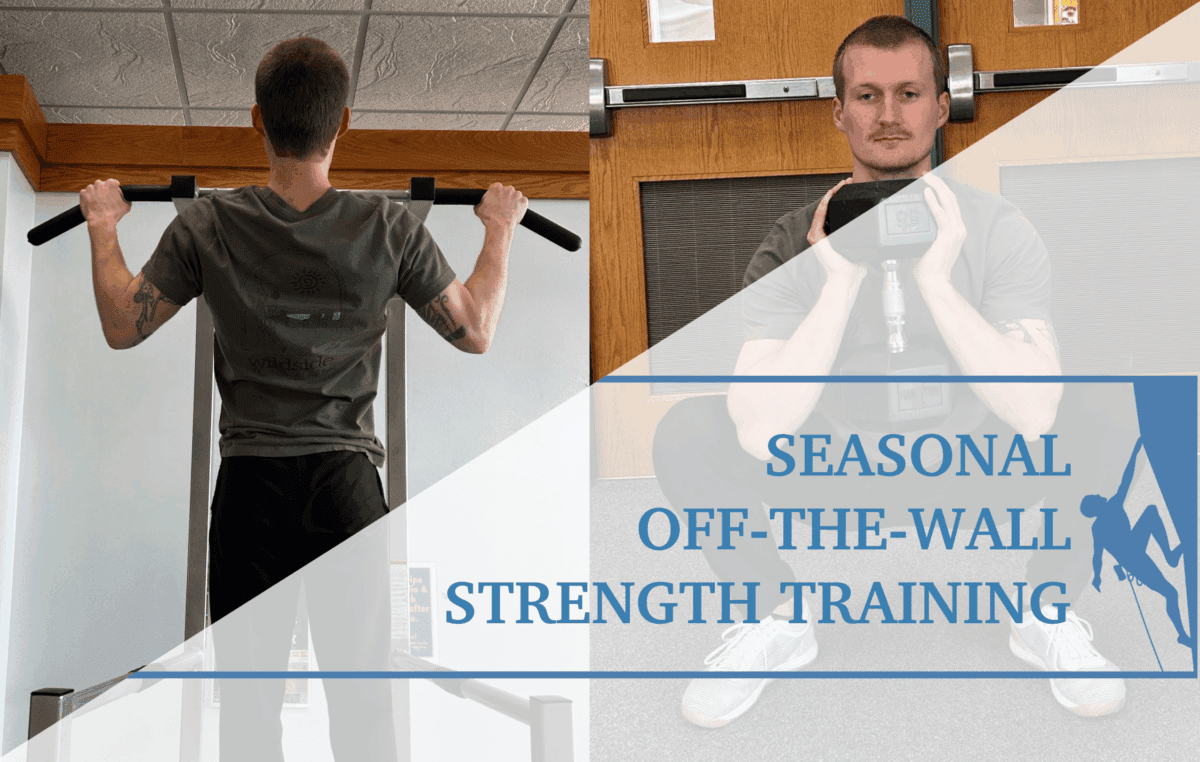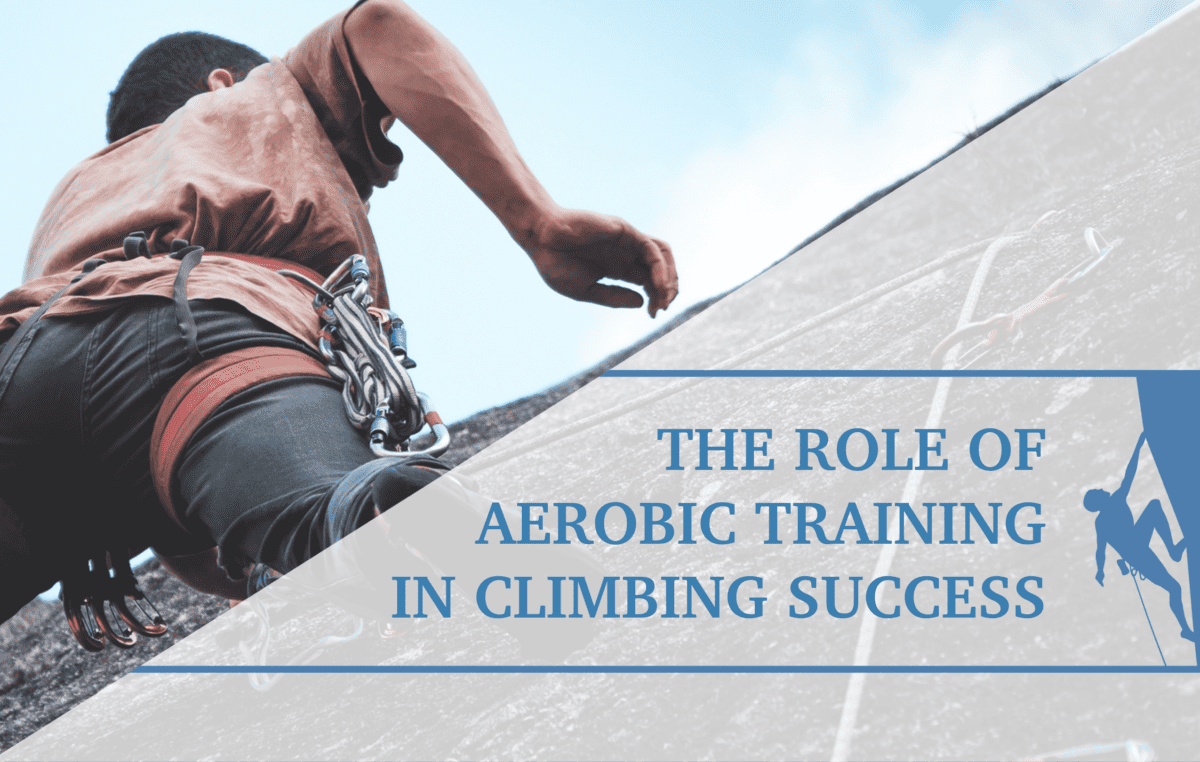Mastering Dynamic Techniques and Gaining Power
Climbing is a blend of strength, agility, precision, and power. Whether you’re in the process of learning competition movements or aiming to master dynamic climbing, power and technical skills are essential for improving climbing performance. In this comprehensive blog post, we’ll explore various insights and tips into mastering climbing movements technically and optimizing power generation.
In the ever-changing world of climbing, mastering newer techniques like the paddle dyno and step-up can not only enhance a climber’s ability to tackle competition moves but can also improve more general climbing skills. Just as these movements demand precise coordination and power, they also require much technique. By incorporating these recommendations when doing more dynamic competition moves, climbers can refine their understanding of power generation and fluid movement and translate these skills into many other climbing scenarios.
Mastering Your Paddle Dyno:
The paddle dyno, a dynamic coordination move gaining popularity in climbing circles, requires a combination of power and finesse to execute smoothly.
- Tip 1️: Find which direction to swing momentum. Understanding the direction between holds is necessary for generating the correct momentum in a paddle dyno. By creating a diagonal swing with the body, climbers optimize their power transfer, enhancing efficiency and reducing strain on muscles and tendons.
- Tip 2️: Find a 90-degree lock-off. Achieving a 90-degree lock-off before releasing for the final hold stabilizes the end position, preventing overextension and promoting controlled movement. This technique not only enhances stability but also reduces the risk of injuries like chicken-winging.
- Tip 3️: Move hips and upper body in unison. Syncing upper body movements to the natural swing of the hips improves coordination and fluidity in paddle dynos. By engaging the core, climbers can distribute the workload effectively, minimizing muscle imbalances and reducing the risk of overuse injuries.
By internalizing and incorporating these tips into your paddle dyno practice, you can refine your technique, optimize your control, and increase your confidence.
Mastering Your Step-Up:
A step-up is a climbing move often utilized in competitions, requiring a delicate balance of coordination, power, and strength.
- Tip 1: Initiate the movement with lower body strength and power. Power pull-ups can be instrumental in developing the explosive force needed to gain the power necessary to pull yourself upward effectively.
- Tip 2: Create momentum with an arching motion. To achieve the ideal end position with hips aligned directly over the feet, initiate a swinging motion with the hips, extending them outward before pulling them back in to generate momentum.
- Tip 3: Adjust eye contact throughout the move. Begin by focusing on the target hold, ensuring accurate aim. As the movement progresses, shift focus downward to facilitate precise foot placement upon landing.
By integrating these tips into your step-up practice, you can refine your technique, enhance your power output, and ultimately elevate your climbing performance.
Dynamic Climbing and Visual Focus:
Where a climber focuses their gaze during a movement can make all the difference. A climber’s experience with a dyno can drastically change with simply the power of visual focus. As seen in the video below, a simple shift of gaze from the target hold to the left, allows for the climber to intuitively adjusts their movement trajectory, aligning their body with the wall and maximizing stability.
This connection between visual focus and movement extends to the competition movements previous spoken about. In the context of the step-up, precise eye contact and understanding when to shift focus allows for accurate aim and an easier transition between the start and end point. Similarly, mastering the paddle dyno hinges on understanding the directional relationship between holds and synchronizing body movements with visual cues.
To further build dynamic power, climbers can incorporate exercises like box jumps into their training regimen. Box jumps offer an effective way to develop explosive power and coordination, essential for mastering dynamic movements in climbing. Mimicking the explosive jump of a dyno, box jumps train the push-off and reduce the impact of the landing, helping climbers build leg strength and agility necessary for dynamic climbing.
Mastering dynamic climbing techniques and building power are essential components in climbing. By training techniques like the paddle dyno and step-up, climbers can refine their coordination, power, and technique, helping to increase their overall climbing ability. Additionally, the importance of visual focus cannot be overstated, as it guides movement and enhances precision and accuracy on the wall. By embracing the tips and recommendations highlighted in this post, climbers can continue to push their limits and reach new heights in their climbing endeavors.
- Disclaimer – The content here is designed for information & education purposes only and the content is not intended for medical advice.




